Backs

Back XX, 2010, charcoal on paper
The idea of abstracting a back came from Matisse, from his bronze back sculptures in the Tate collection. The back is an interesting focus for me. Life drawing is about having a profound connection with a human, it is a human to human experience but where one person in the dynamic is vulnerable due to the fact that they are naked. In drawing the backs, I was interested in exploring the challenge of how to connect and respect the situation of life drawing, of drawing somebody in the nude; how do I alter the dynamic?
Possibly prompted by myself having a bad back at the time, when I started drawing the backs I was interested in their universality. I felt as though the back was not pretending to be something else, could not pretend to be something else. Whereas the front, the torso for example, has numerous layers upon it - sexuality, personality, femininity/ masculinity, art history, the back has far less so. The front is able to give signals which the model can play with and control. The back however is not like a portrait, it is more universal, more humble, and less able to be manipulated by the sitter.
The other thing that really spurred my interest in drawing the backs, is the idea of sensation. I feel that sensation is at the core of these works. The sensation and experience of the model sitting in position being drawn, holding a certain pose, how their body responds to the stresses of holding a position. When creating these I was working on my hand / eye coordination. I wanted to draw in a subconscious way, looking at the model and recreating their form with the charcoal on the paper. Thinking of Auerbach and the existentialists, I was looking to capture the strains, movements and sensation of the body.
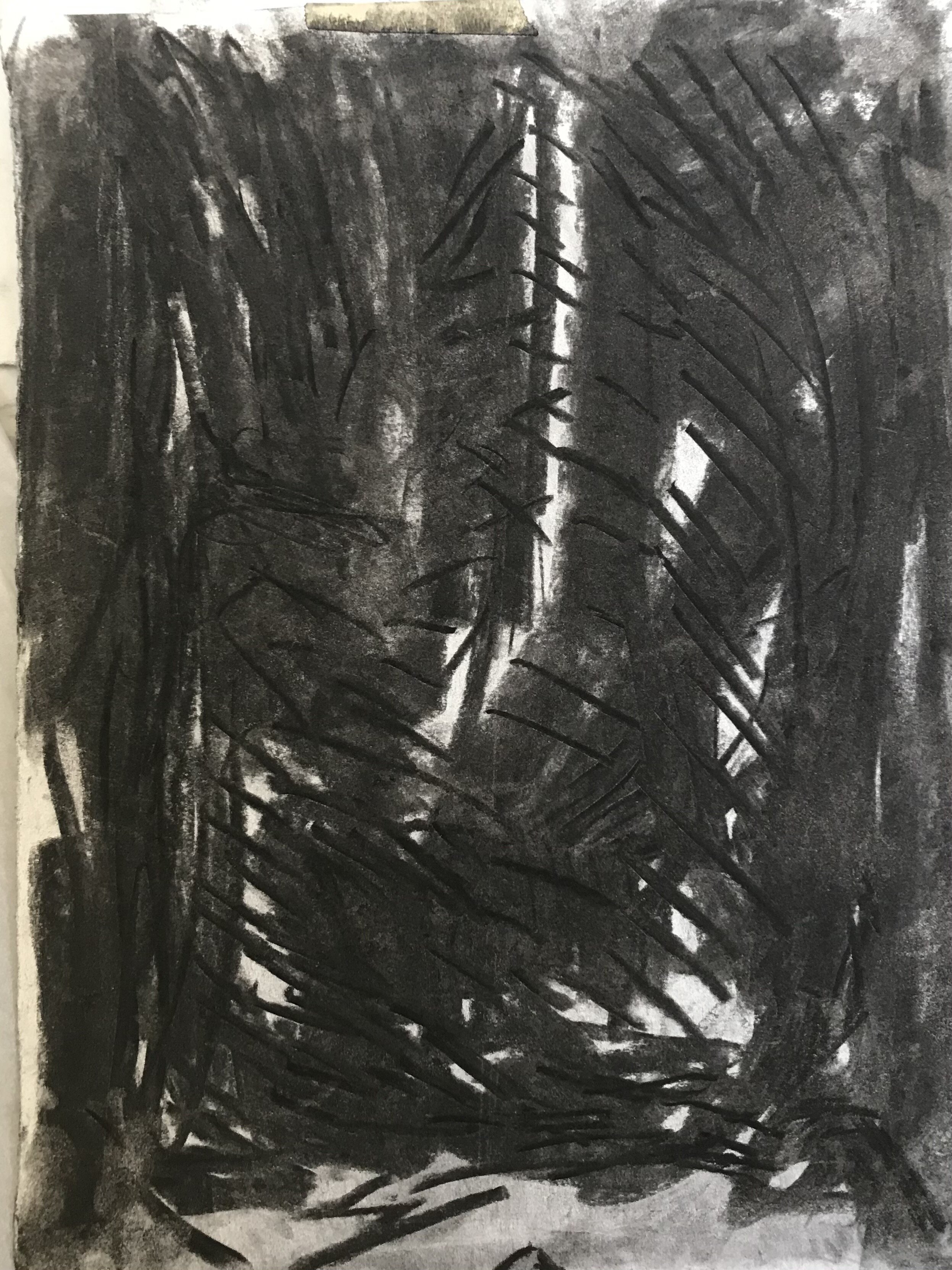
Back I, 2010, charcoal on paper

Back V, 2010, charcoal on paper
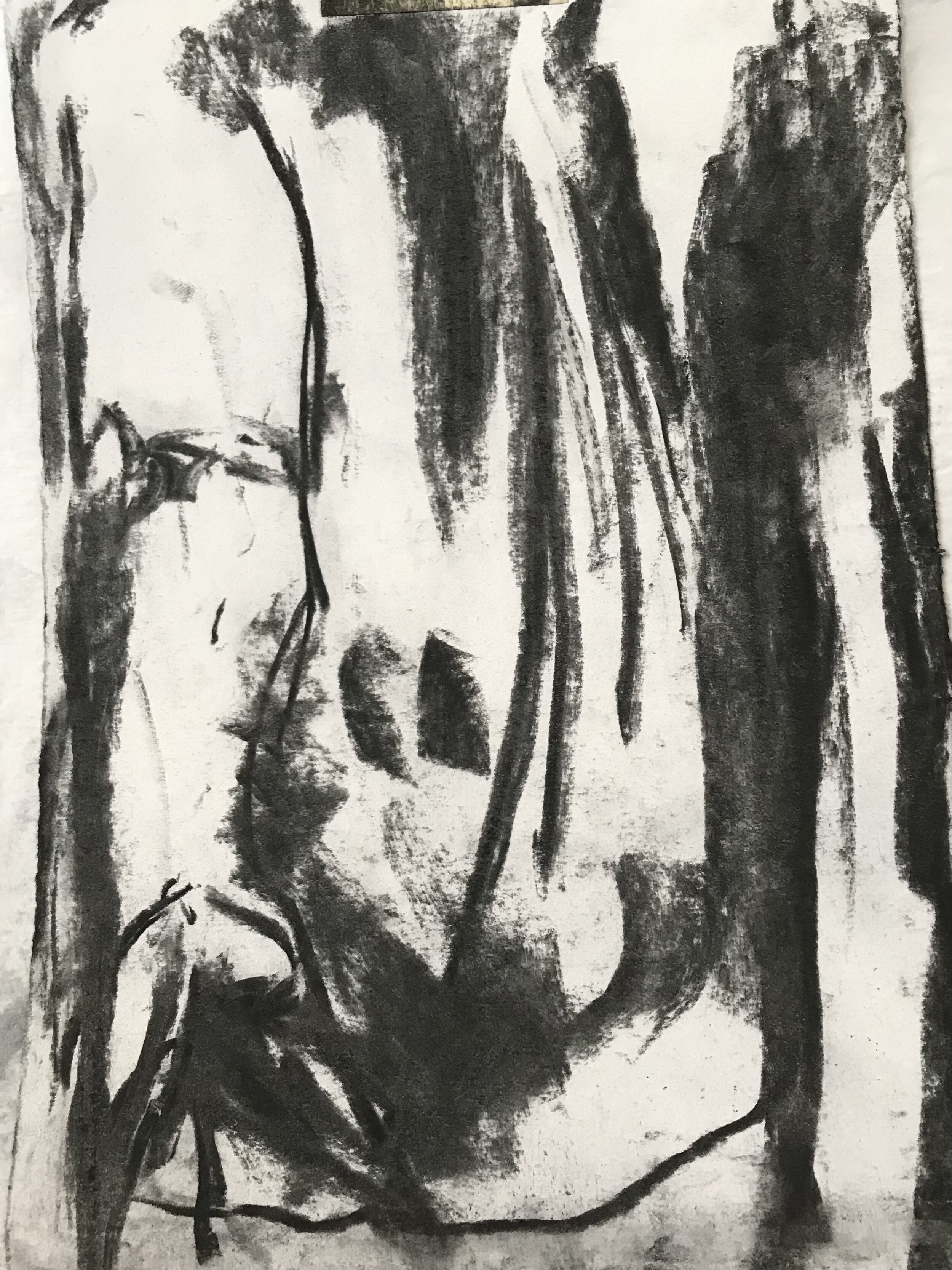
Back IV, 2010, charcoal on paper
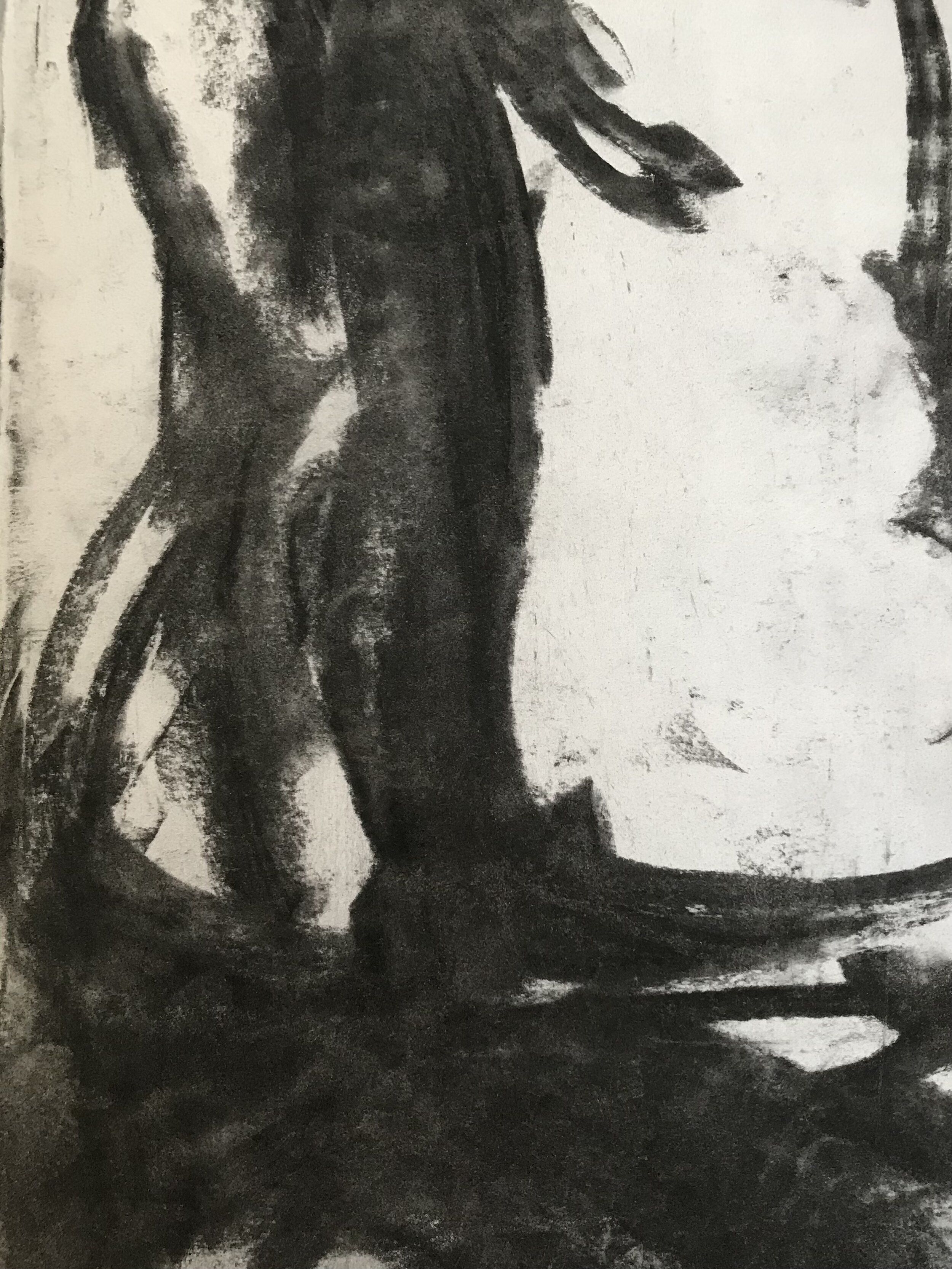
Back II, 2010, charcoal on paper

Back VI, 2010, charcoal on paper
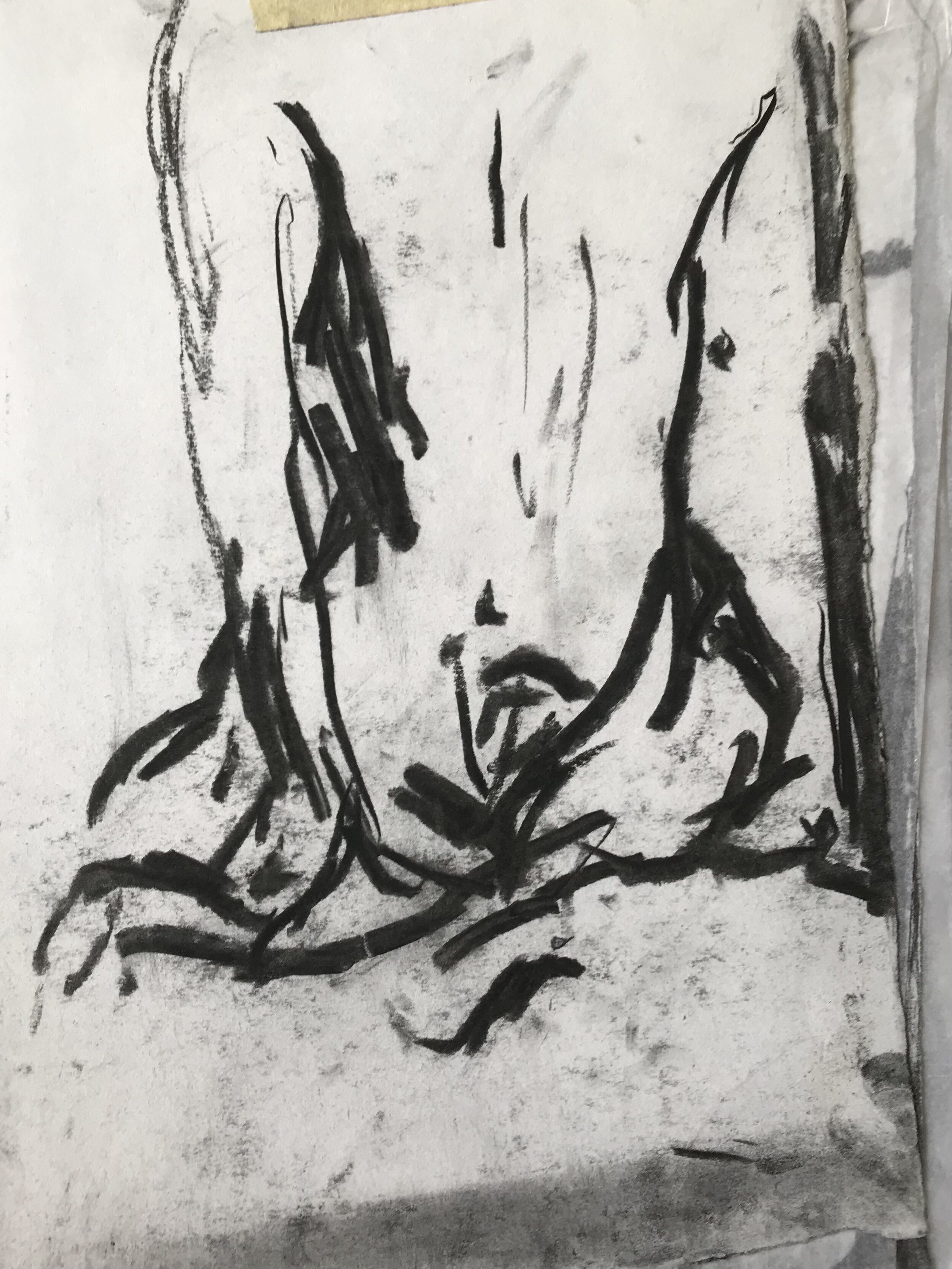
Back VII, 2010, charcoal on paper
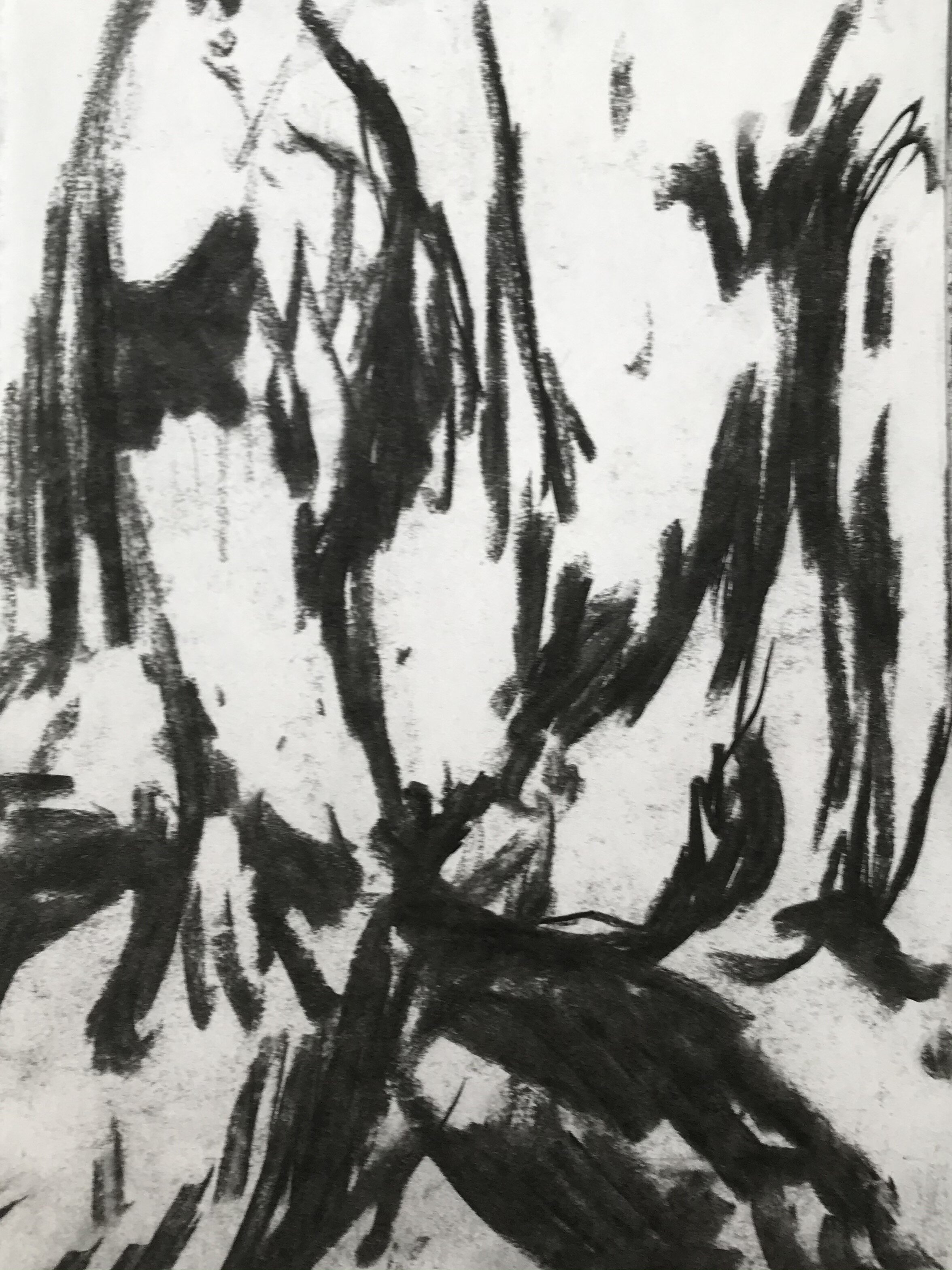
Back VIII, 2010, charcoal on paper

Back X, 2010, charcoal on paper

Back XI, 2010, charcoal on paper
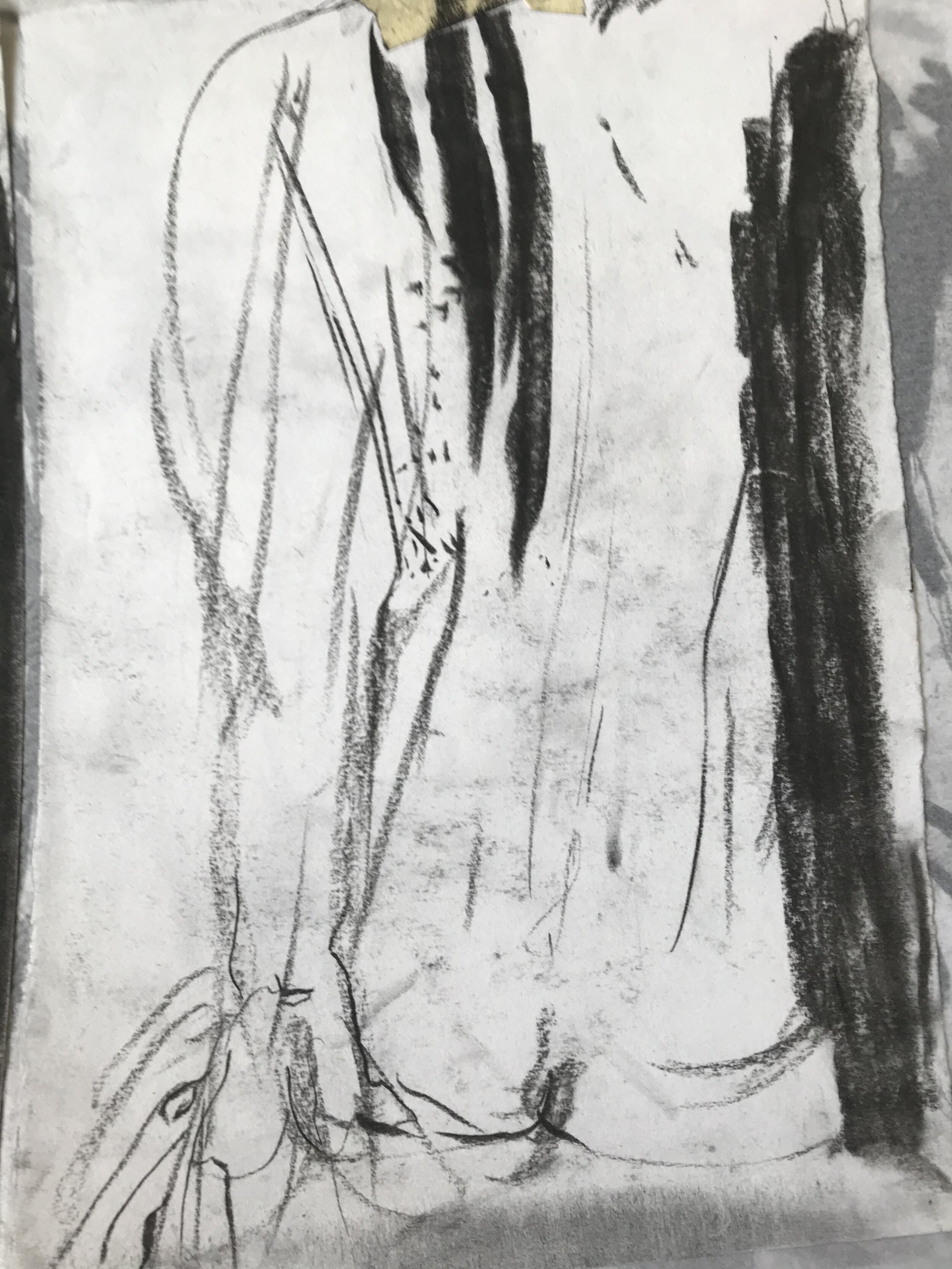
Back XIII, 2010, charcoal on paper
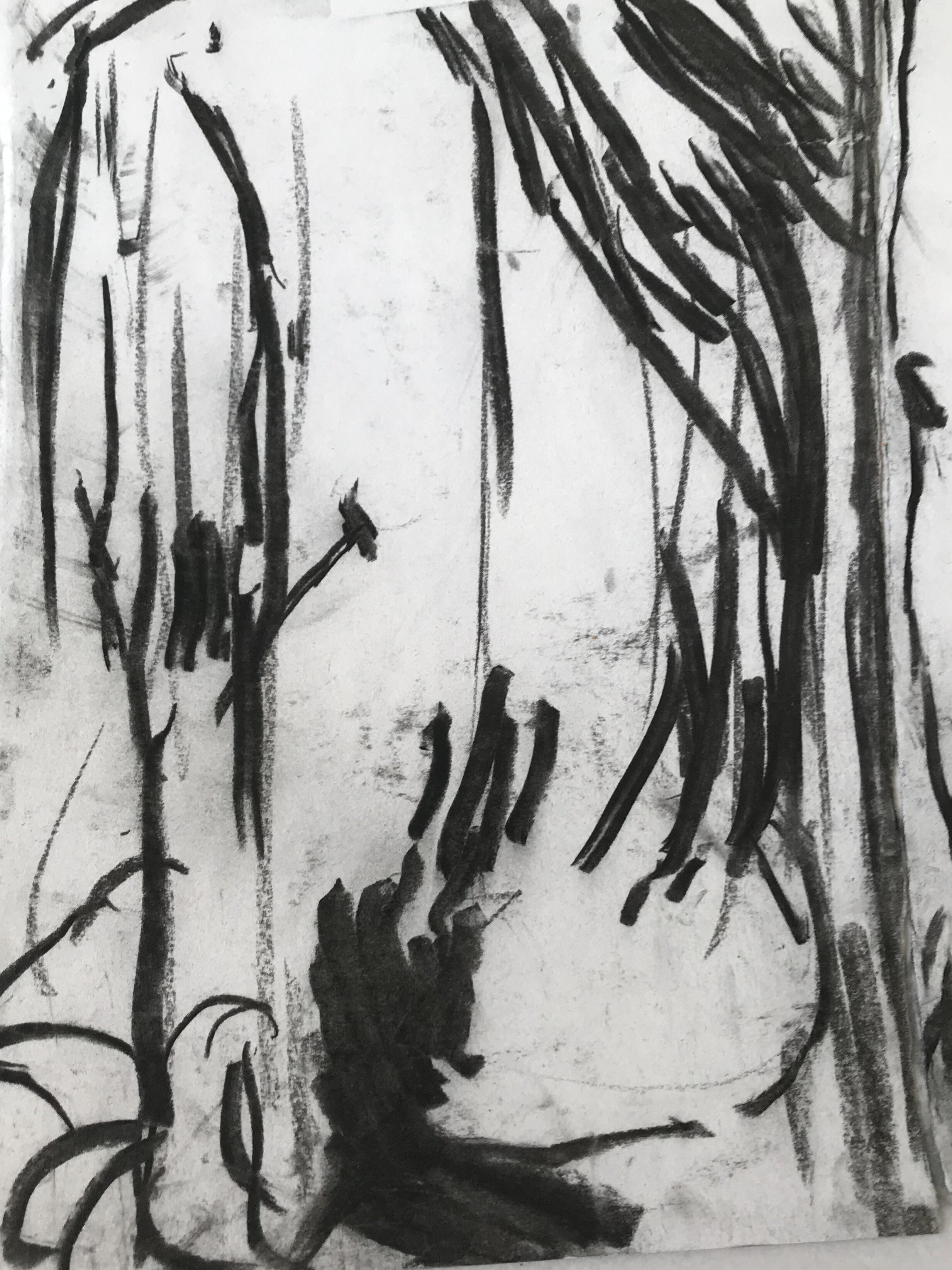
Back XIV, 2010, charcoal on paper
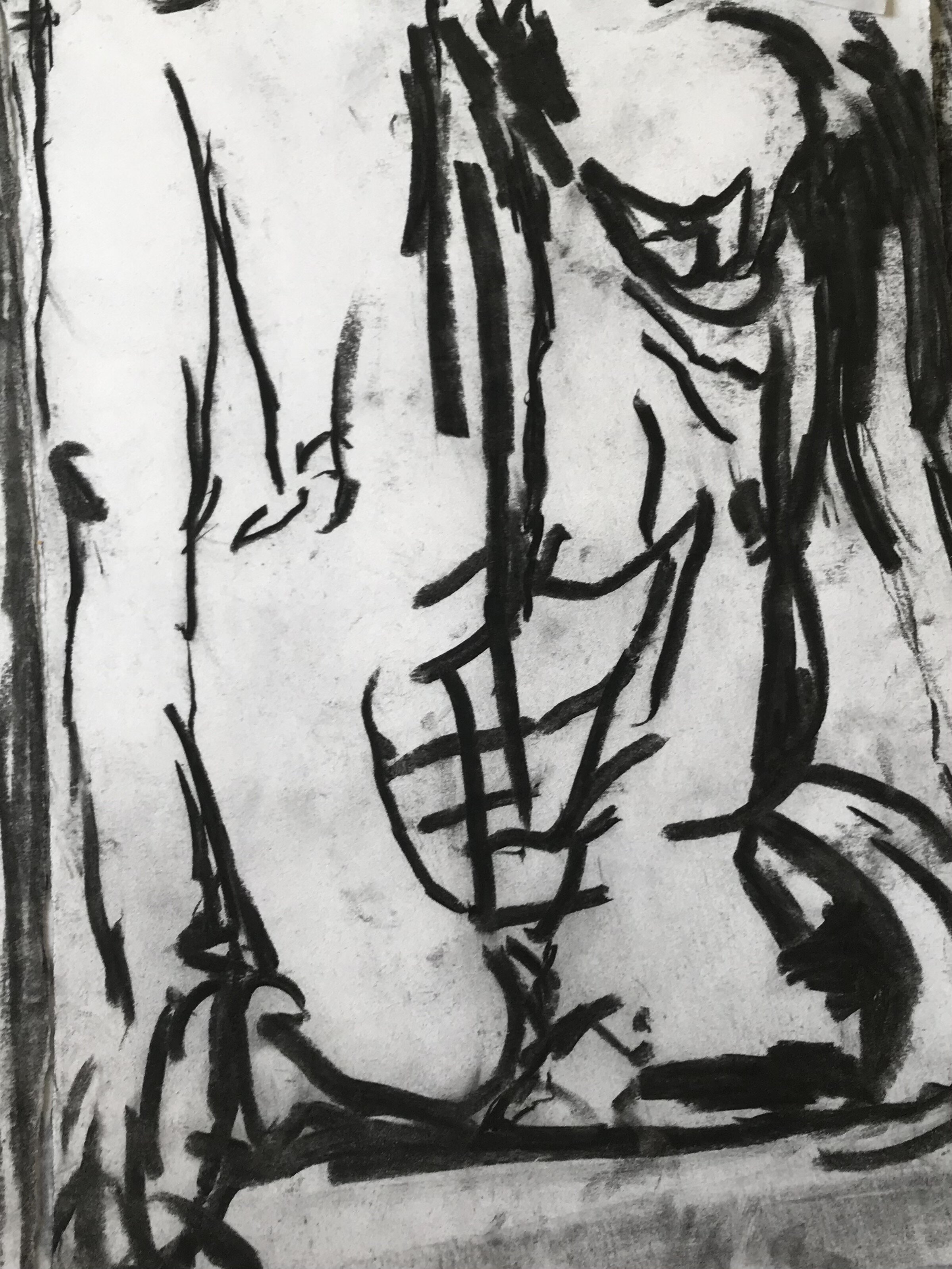
Back XV, 2010, charcoal on paper

Back XVI, 2010, charcoal on paper

Back XVII, 2010, charcoal on paper
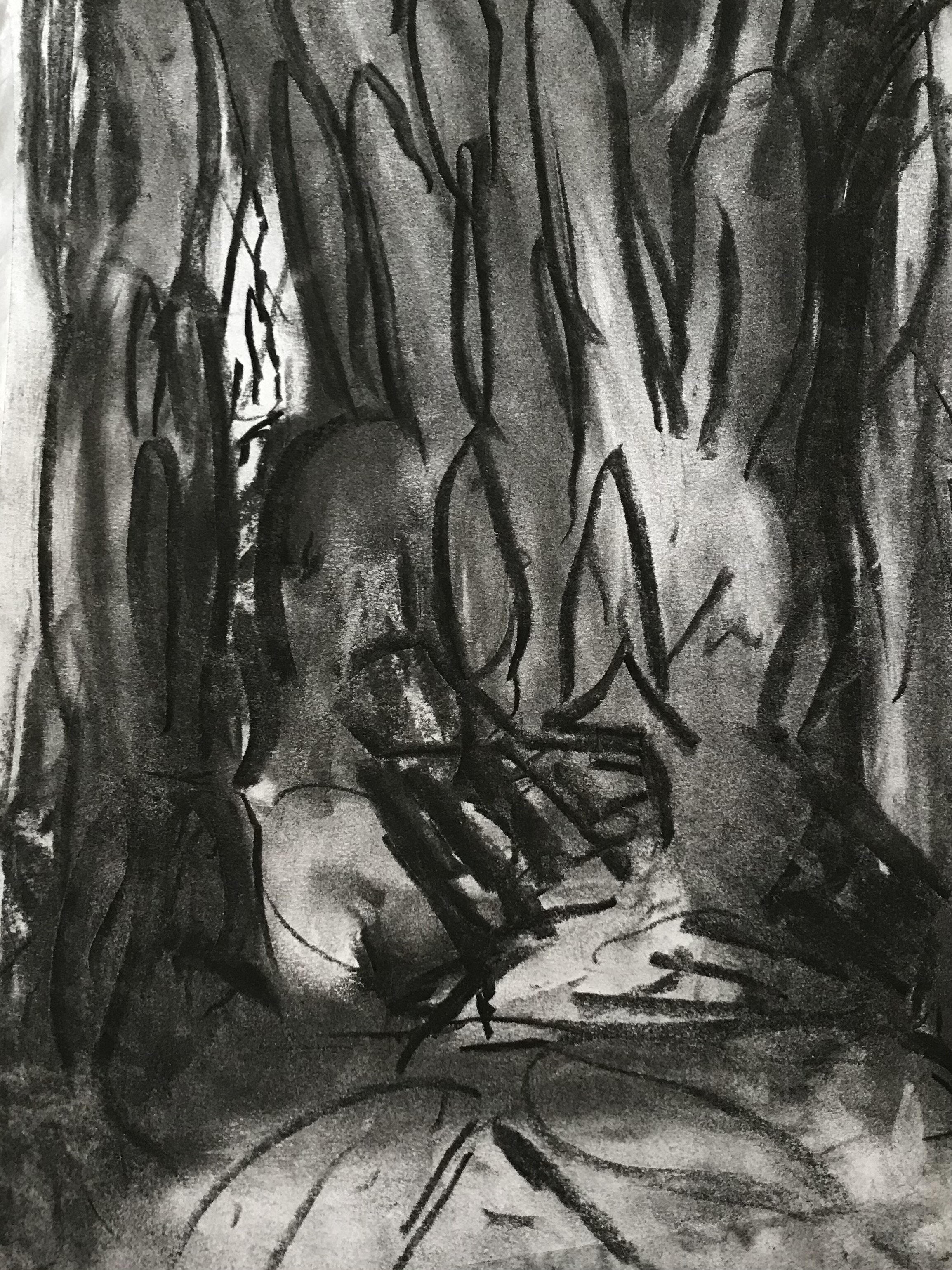
Back XVIII, 2010, charcoal on paper

Back XIX, 2010, charcoal on paper
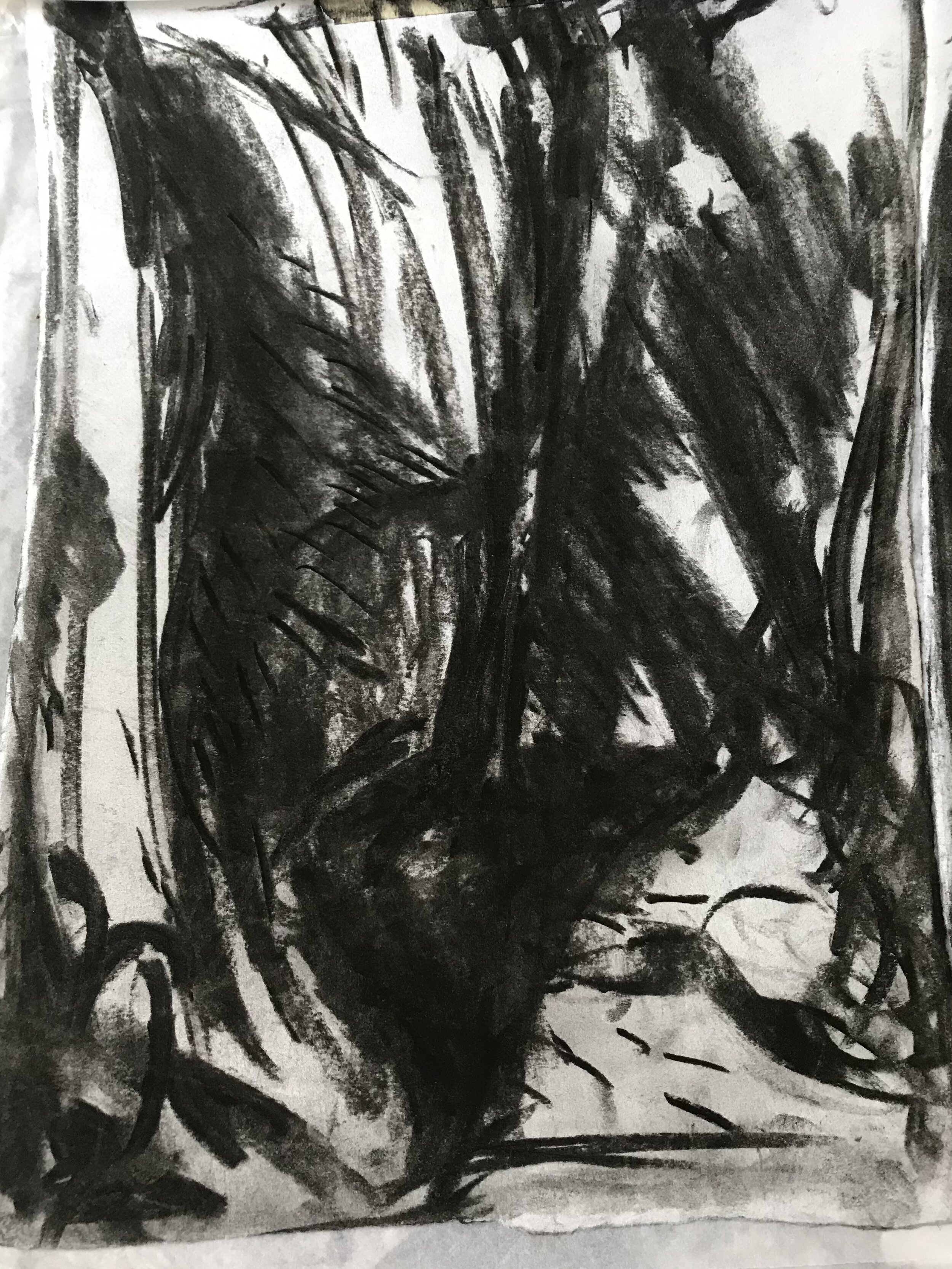
Back XX, 2010, charcoal on paper
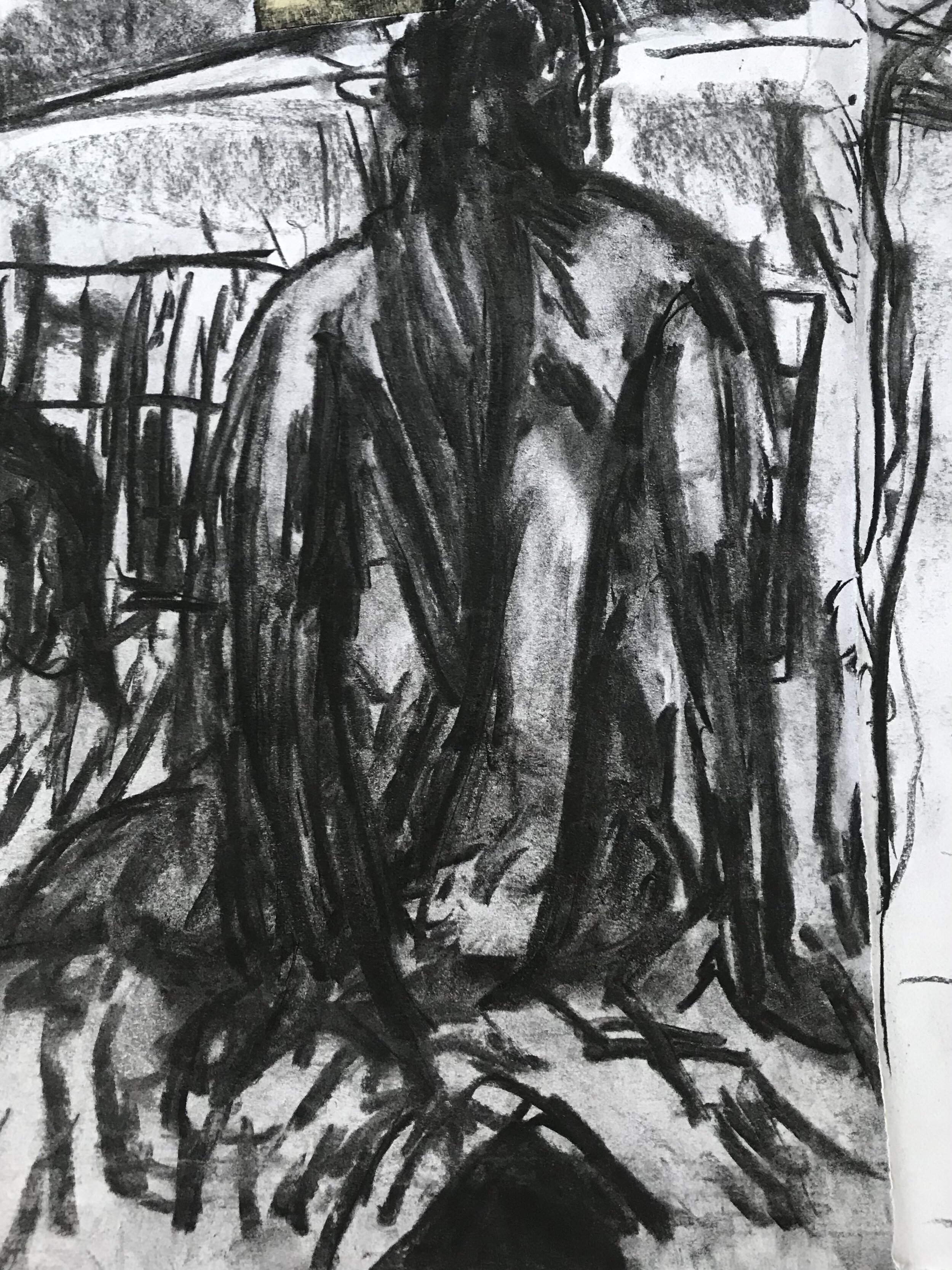
Back XXII, 2010, charcoal on paper

Back XXIII, 2010, charcoal on paper
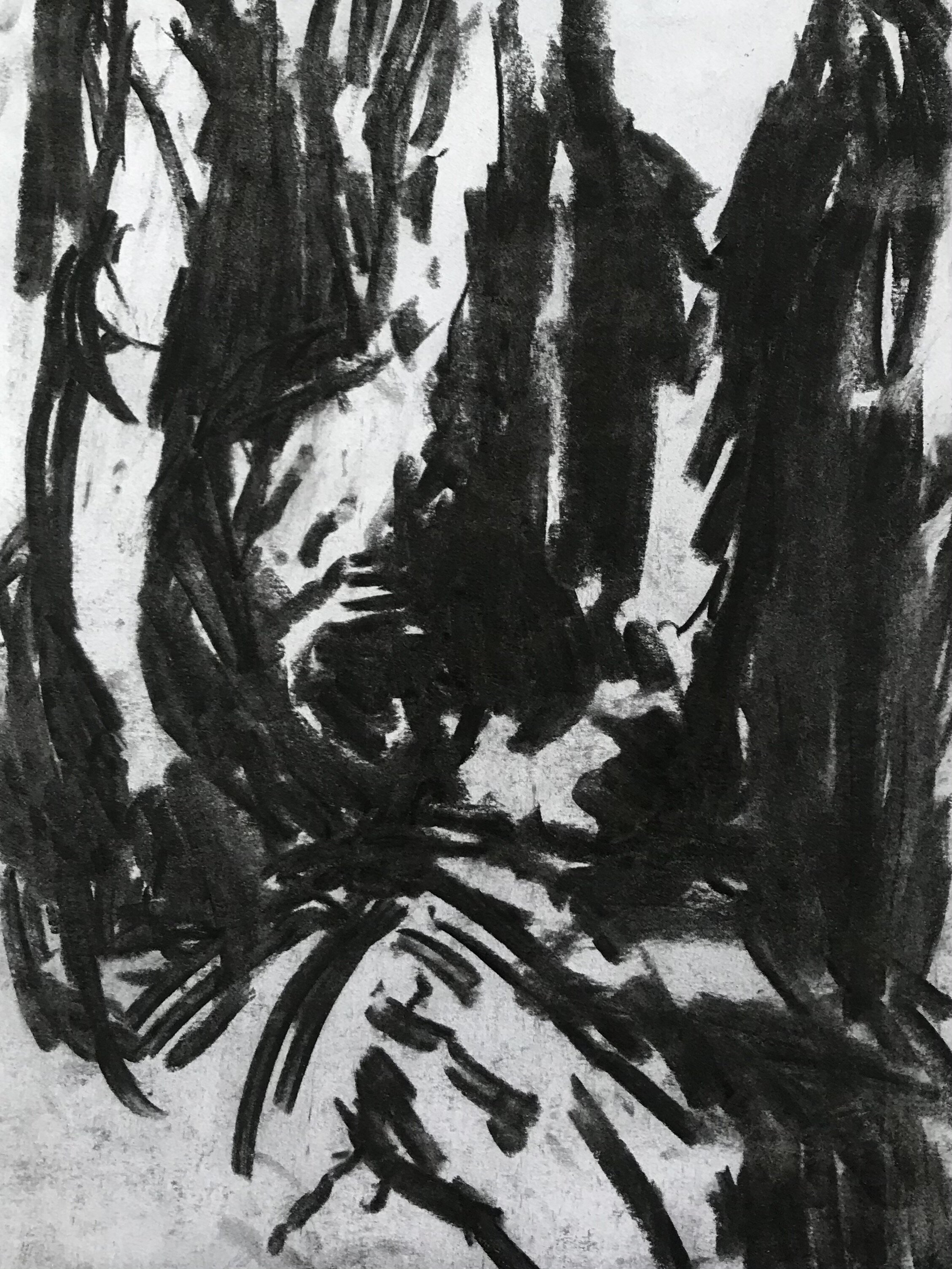
Back XXIV, 2010, charcoal on paper
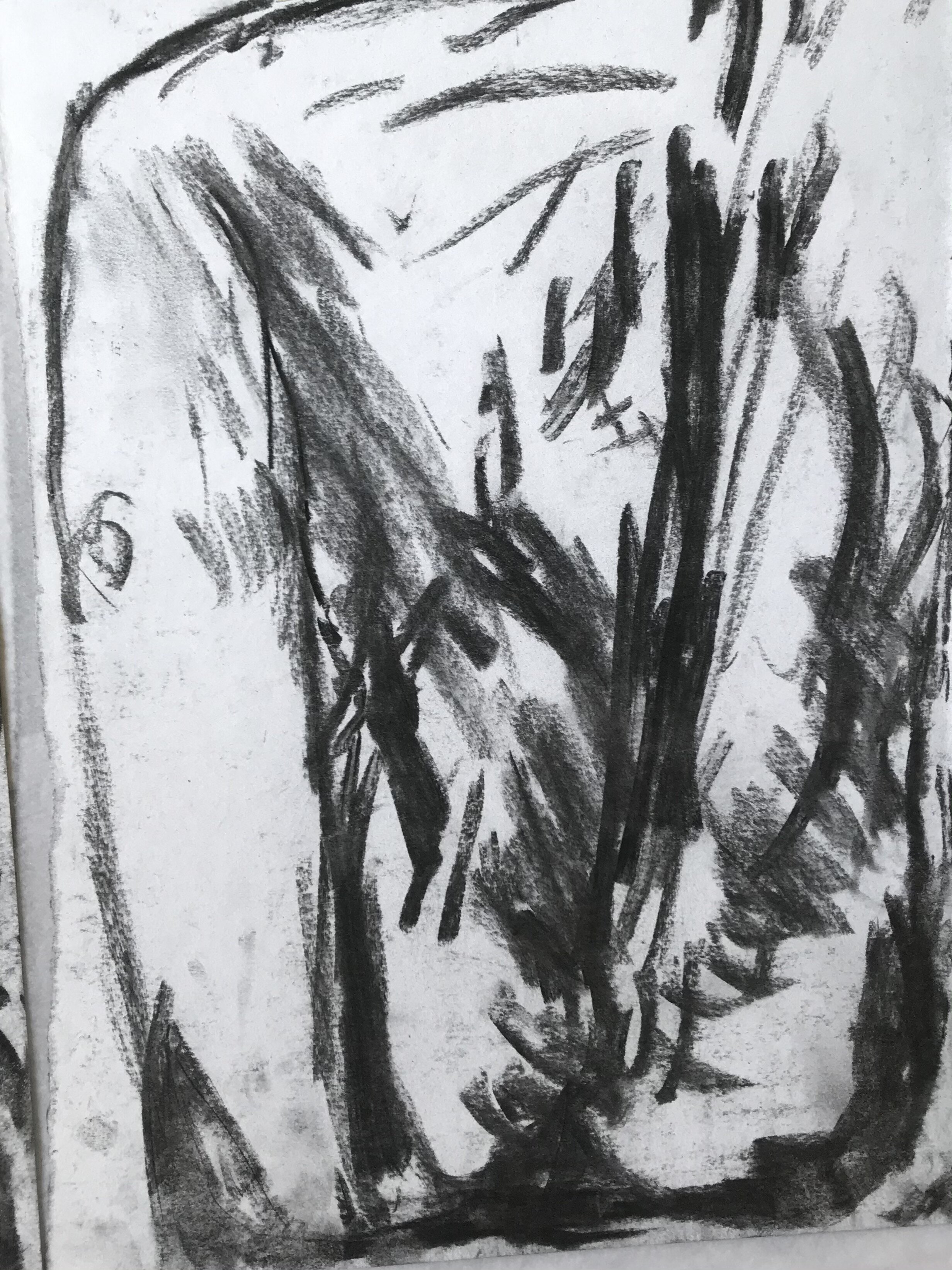
Back XXV, 2010, charcoal on paper
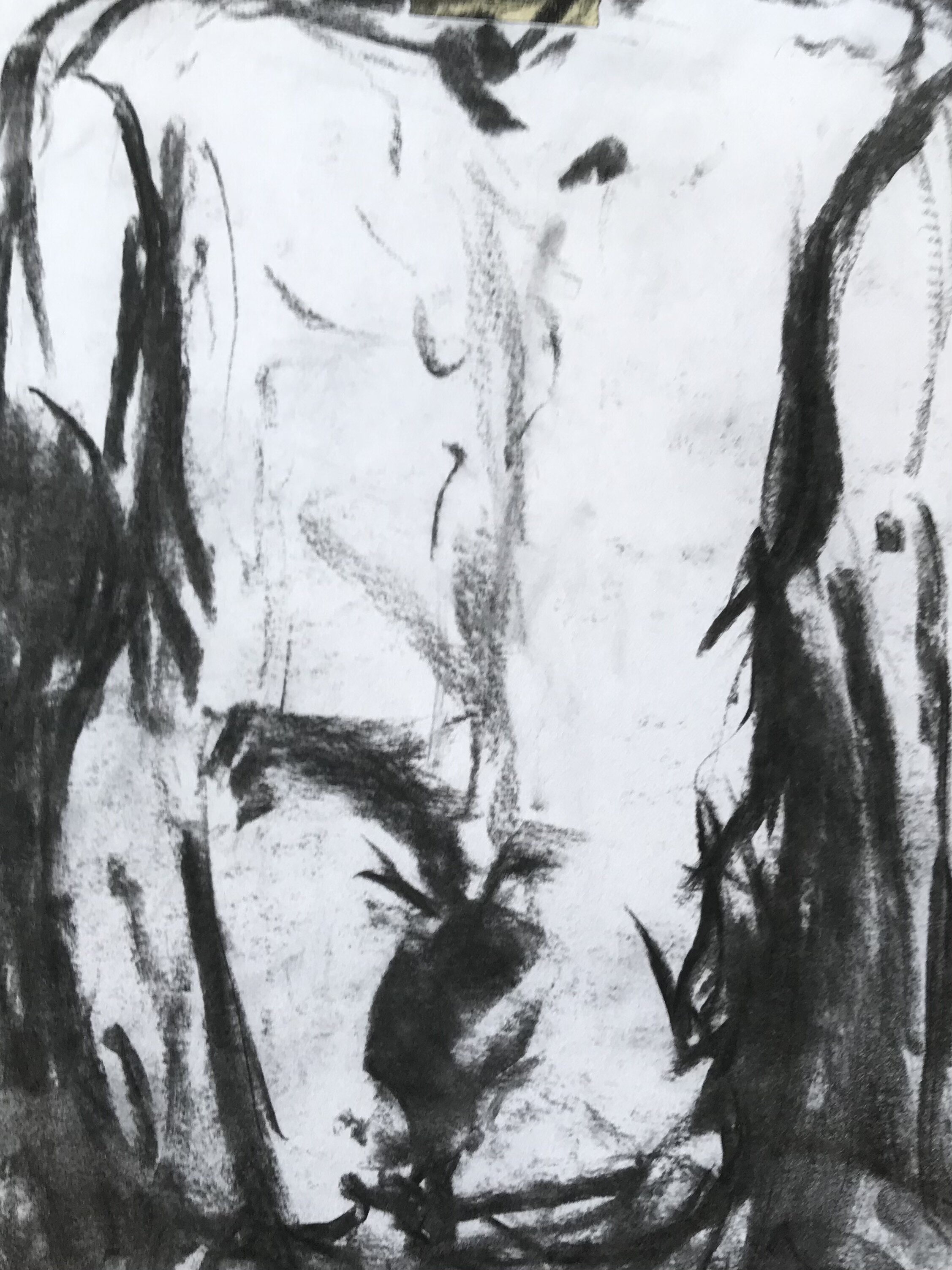
Back XXVI, 2010, charcoal on paper
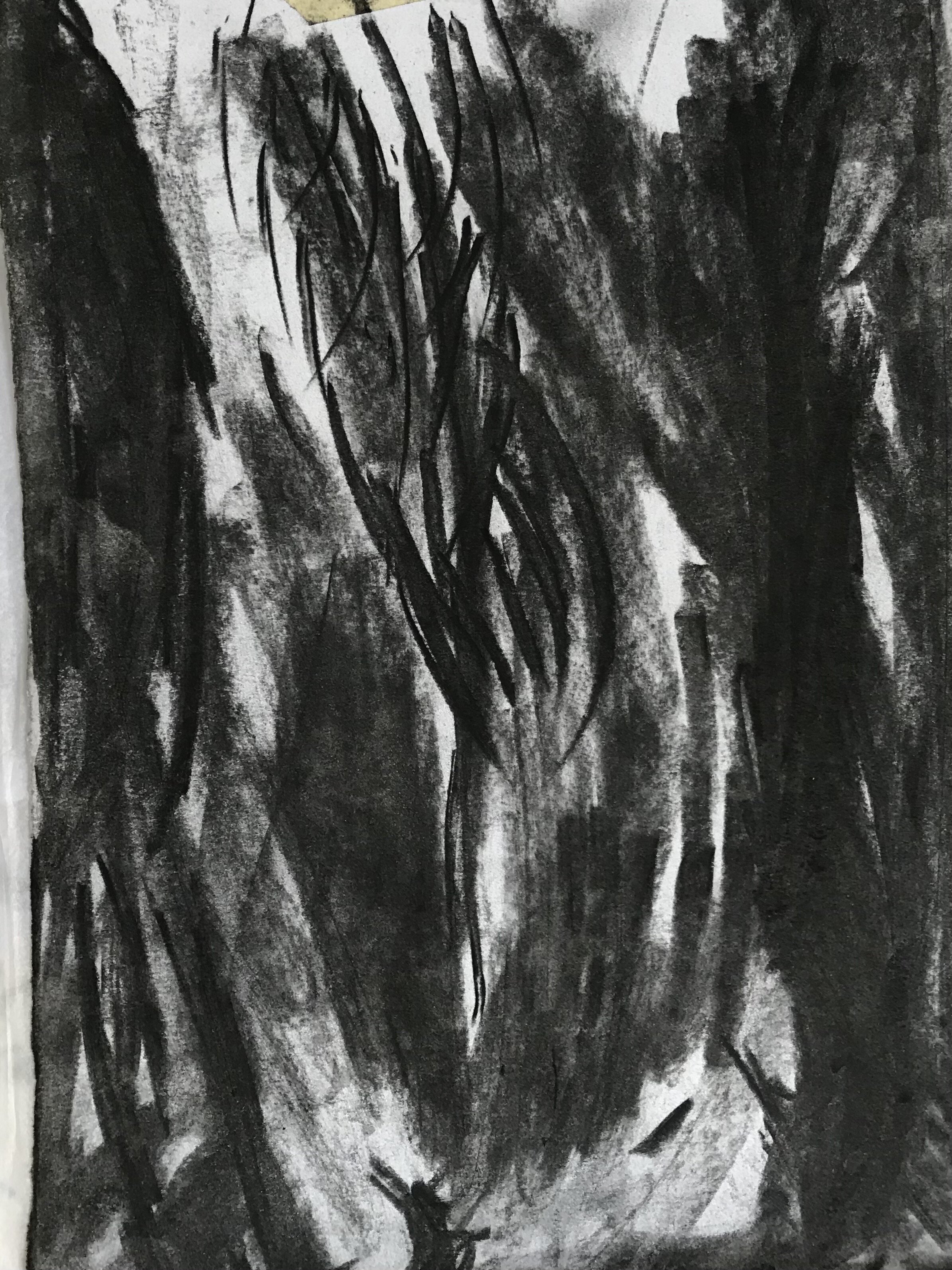
Back XXVII, 2010, charcoal on paper
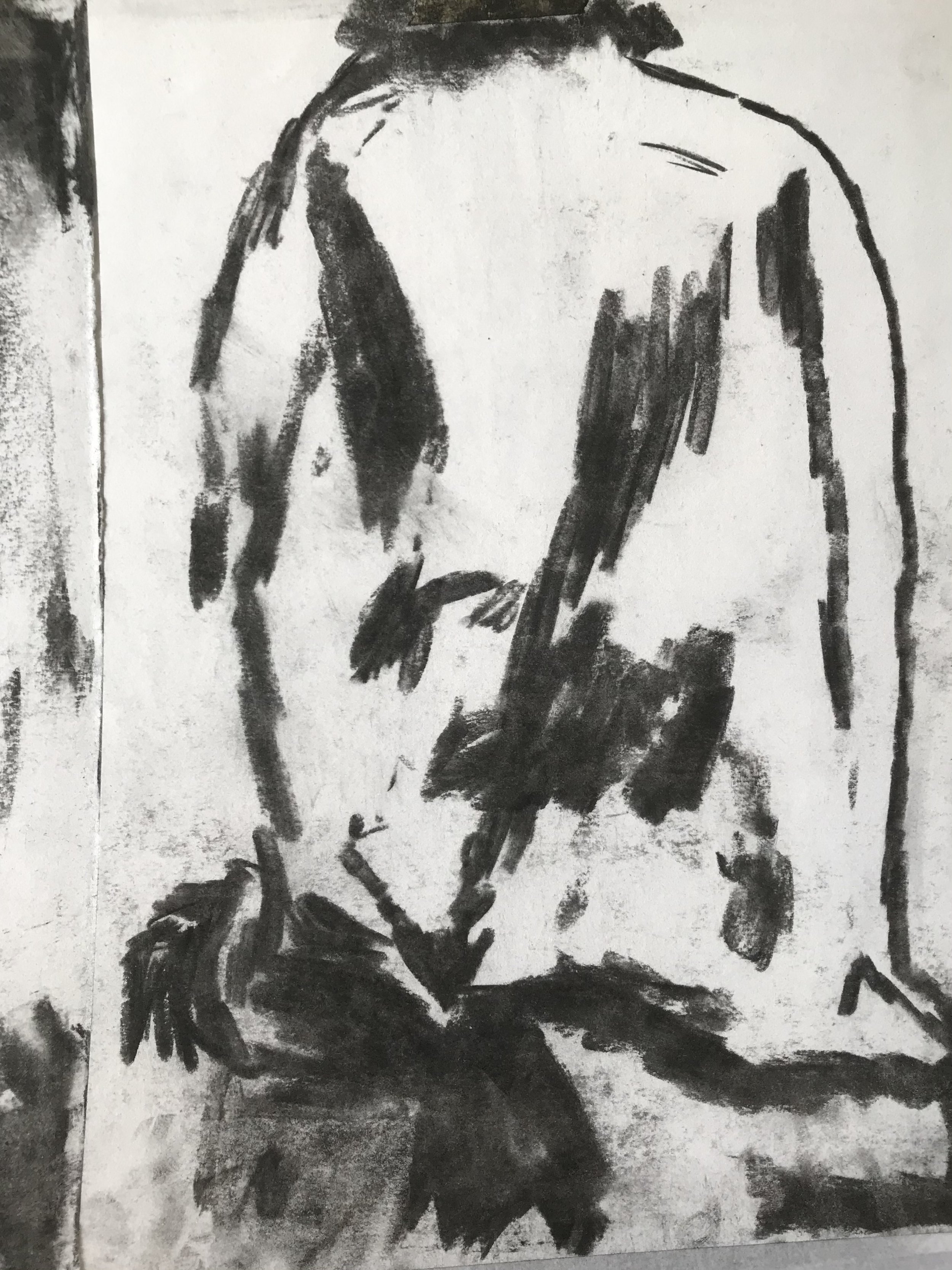
Back XII, 2010, charcoal on paper
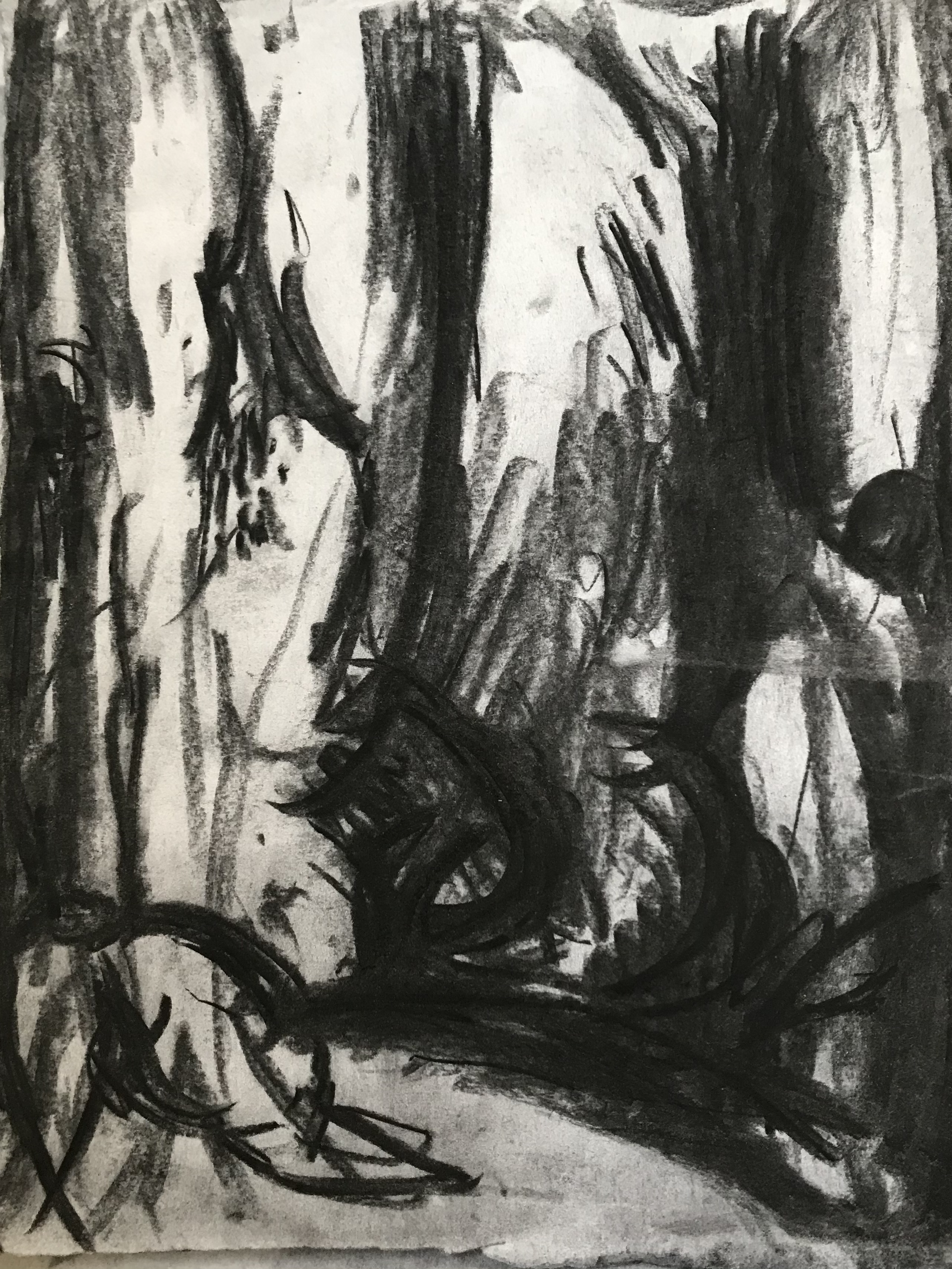
Back III, 2010, charcoal on paper

Back IX, 2010, charcoal on paper

Back XII, 2010, charcoal on paper
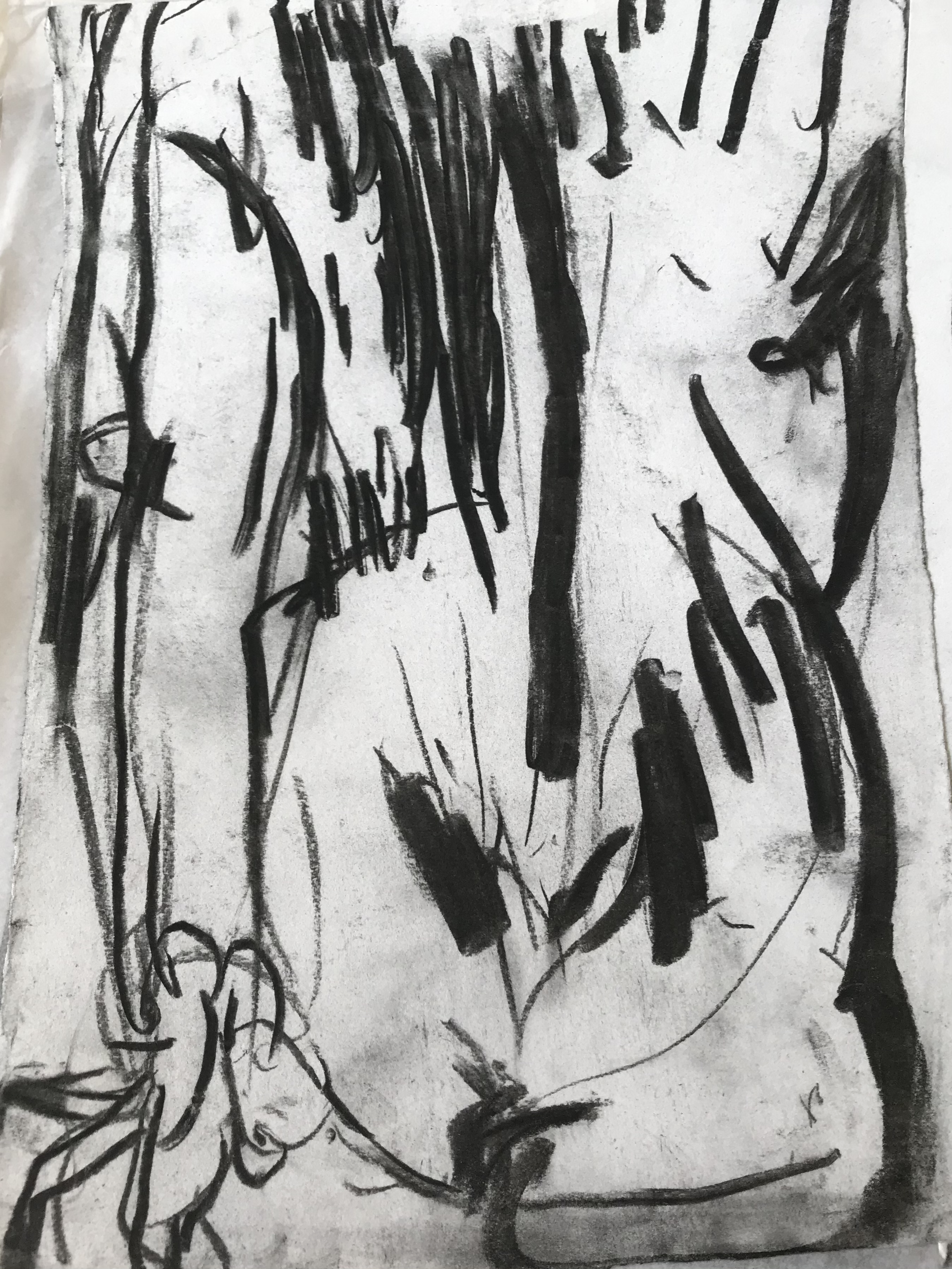
Back XVI, 2010, charcoal on paper

Back XVI, 2010, charcoal on paper